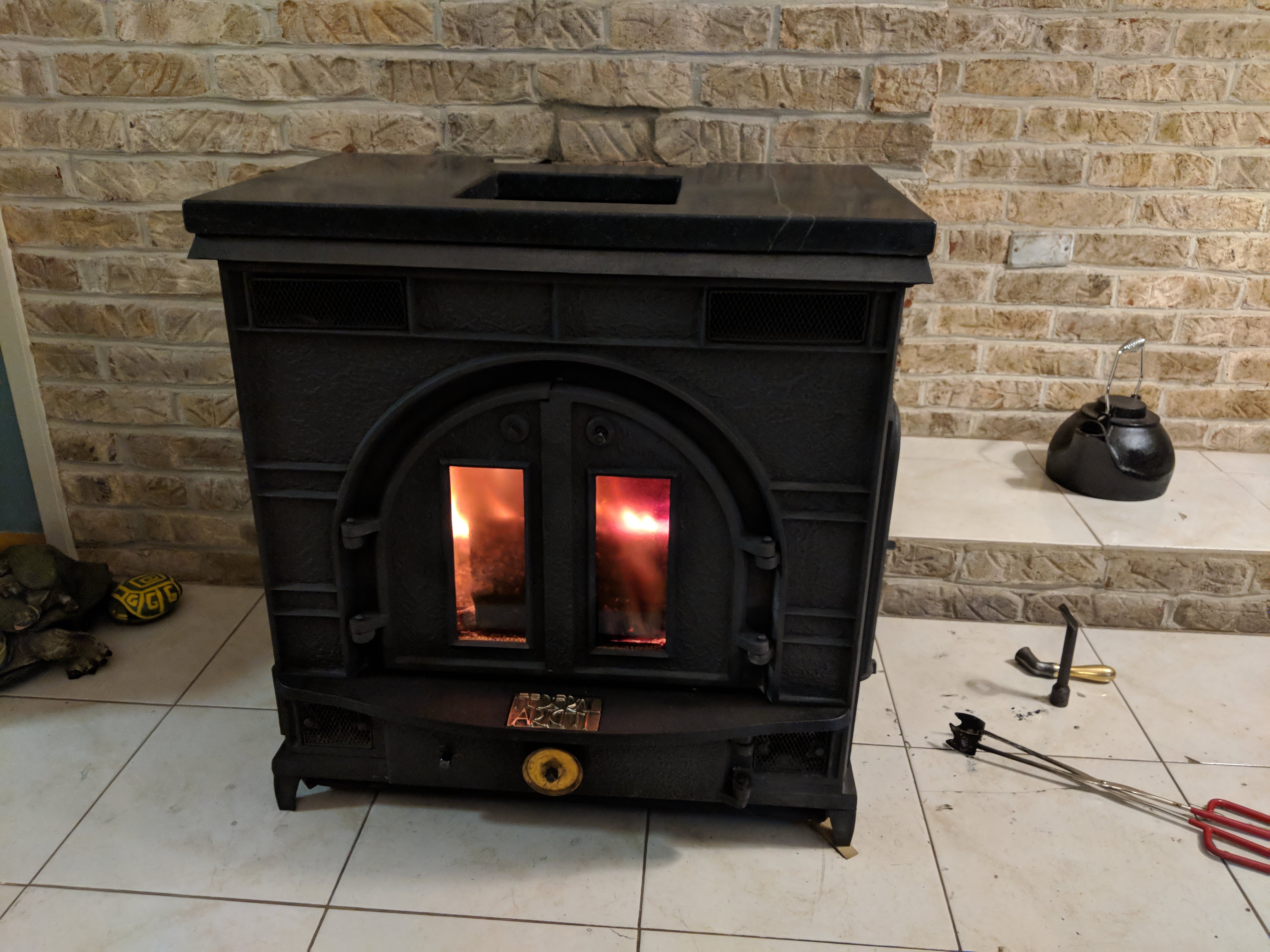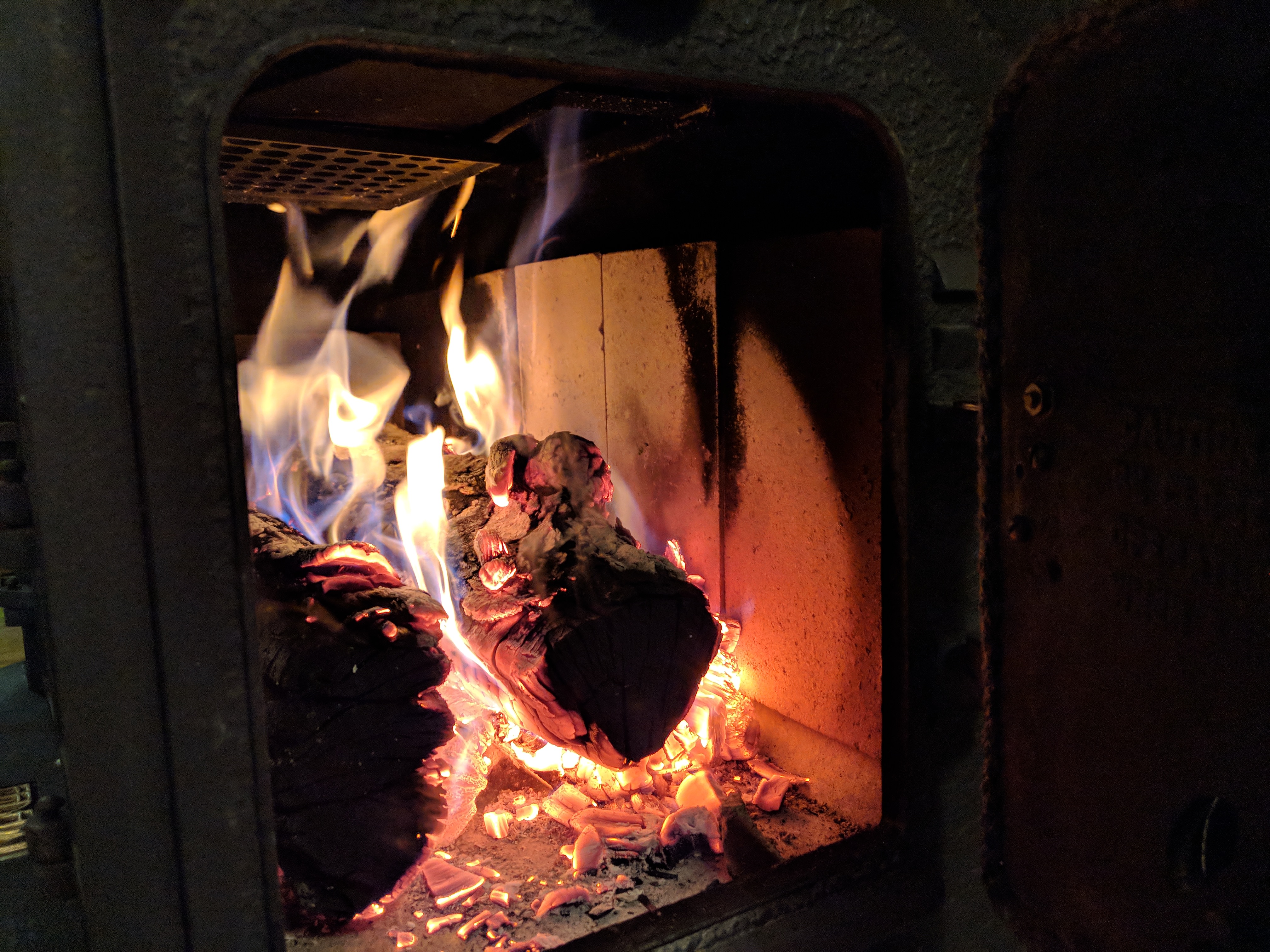Multifaceted
Firewood Hoarder, Axe Enthusiast
I know a few folks on here still own a Dutchwest Federal Airtight FC224CCL or the like stove, so figured I'd share some improvements I've made.
Here it is the beginning of October, after an unusually wet summer, and this week is unseasonably warm — as in highs of the low 80s°F (~27°C)... Can't move my seasoned wood to dry storage just yet because we haven't had more than 3-4 days of sun and dry weather in nearly a month, so what to do?...
A long overdue overhaul of our early 90's era Dutchwest Stove was in order. For a few seasons, this old stove had served us well, but the gaskets were starting to come apart, was missing parts here and there, and overall I feel that there could be some improvements made. At the very least, the gaskets have NOT been replaced since we bought the house, so the stove was in the condition from the original owners... (except we did add a catalytic combuster that was missing first season).
First order of business is to replace the Cat Combuster, they're good for only about 3 years and the one we origally installed was spent, more so because the baffle failed at some point and I never realized after buying the house. Not knowing about the missing baffle, it burned out our cat in two years. Here it is replaced and brand new:
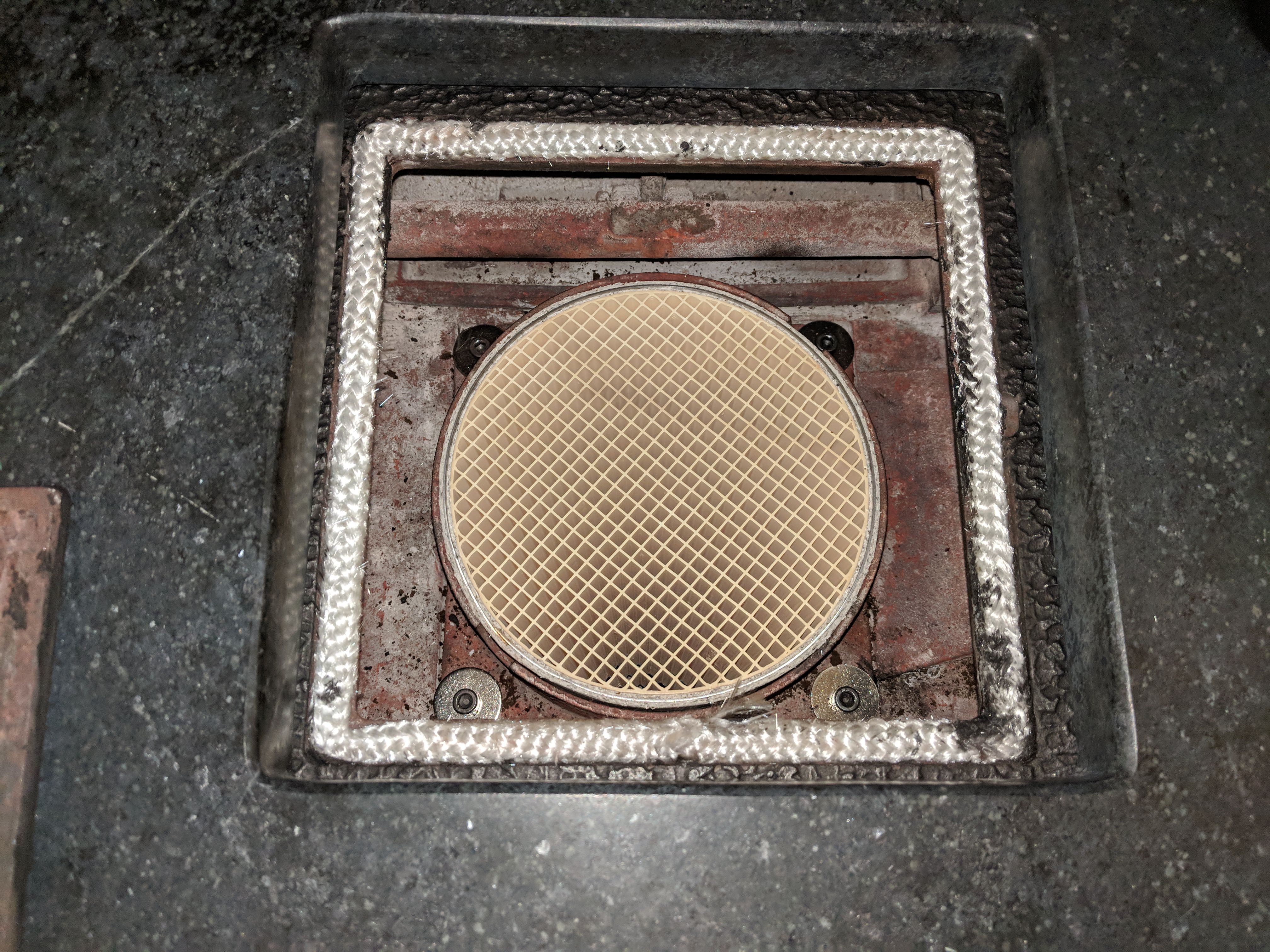
And the new baffle installed:
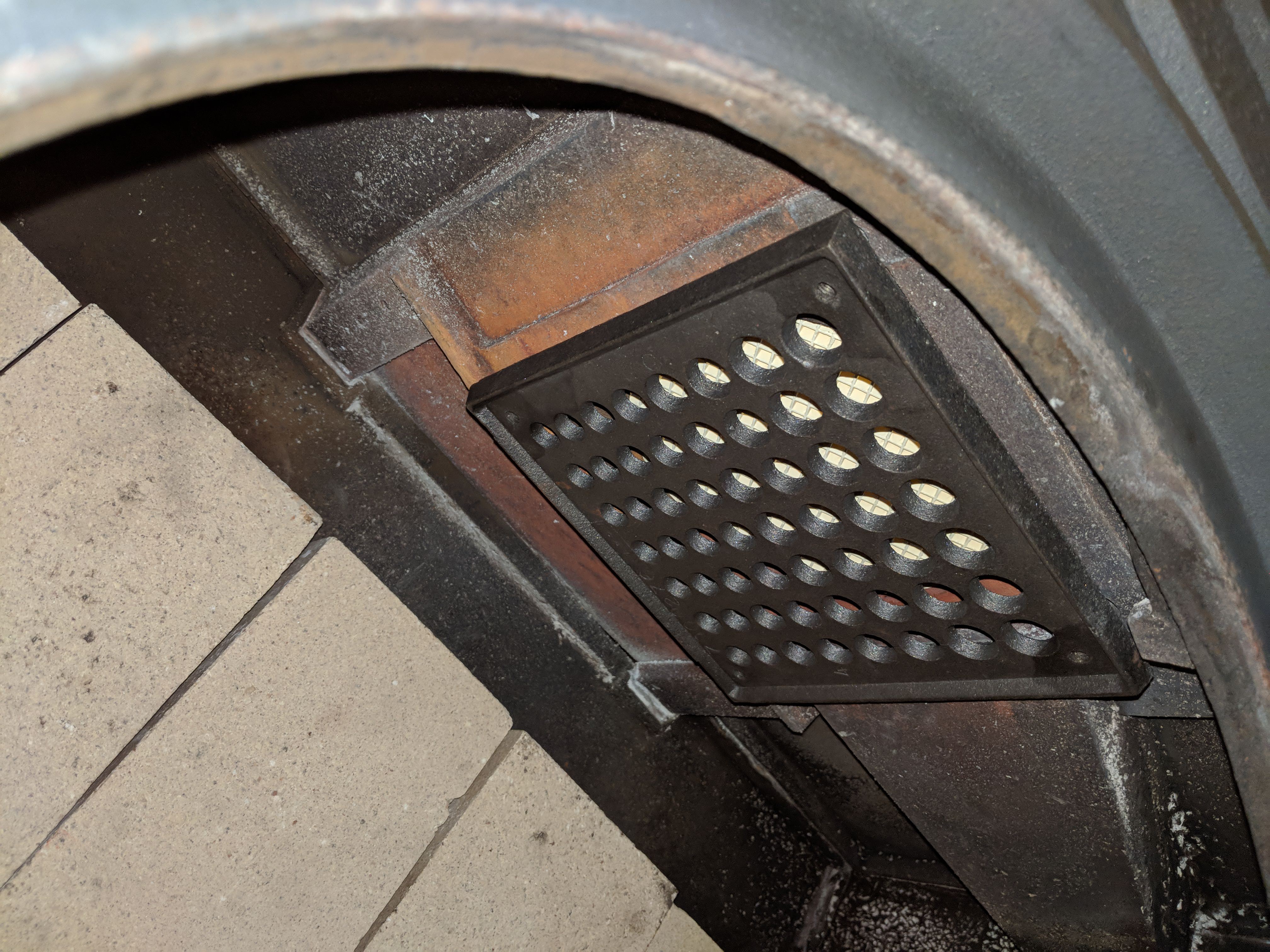
All parts (except for cat) were seasoned in the oven prior to installation. Next up was removing the old cast iron heat shield and grates that were deteriorated and warped. I replaced them with firebrick. The bricks only stick out maybe a 1/4" (6.35mm) farther than the cast iron grates, so I don't feel that I'm losing much more volume in the firebox. Had to use a masonry bit to rout pockets for the existing bolt-mount bulkheads that protrude from the inner firebox walls. Here they are in place:
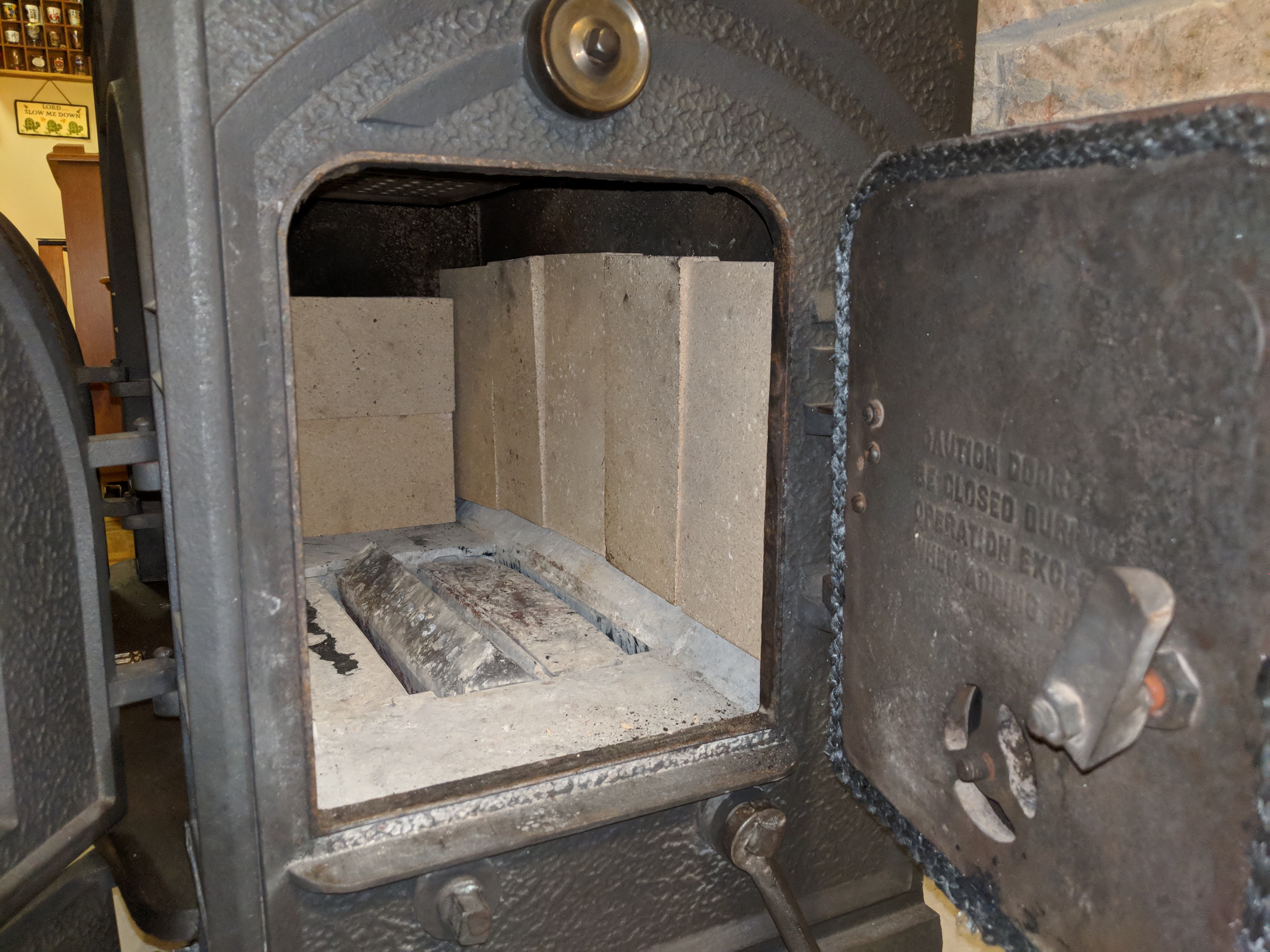
Next I pulled the glass frames from the front doors which were also warped and deteriorated, the glass would slide out where few days. New frames lined with new fiberglass rope gaskets and glass cleaned:
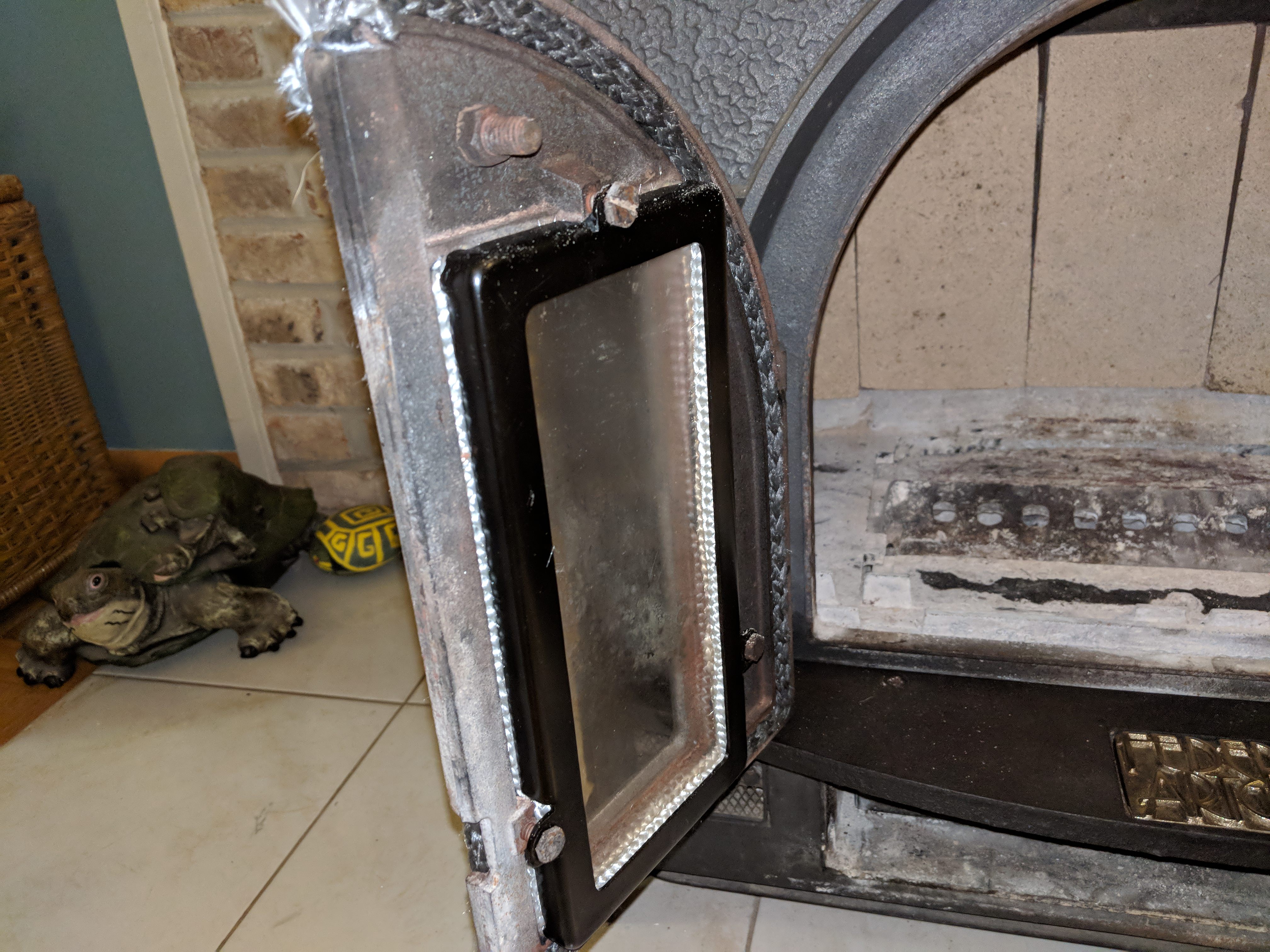
Pulled and scraped out all of the old gaskets on the entire stove, everything is newly sealed:
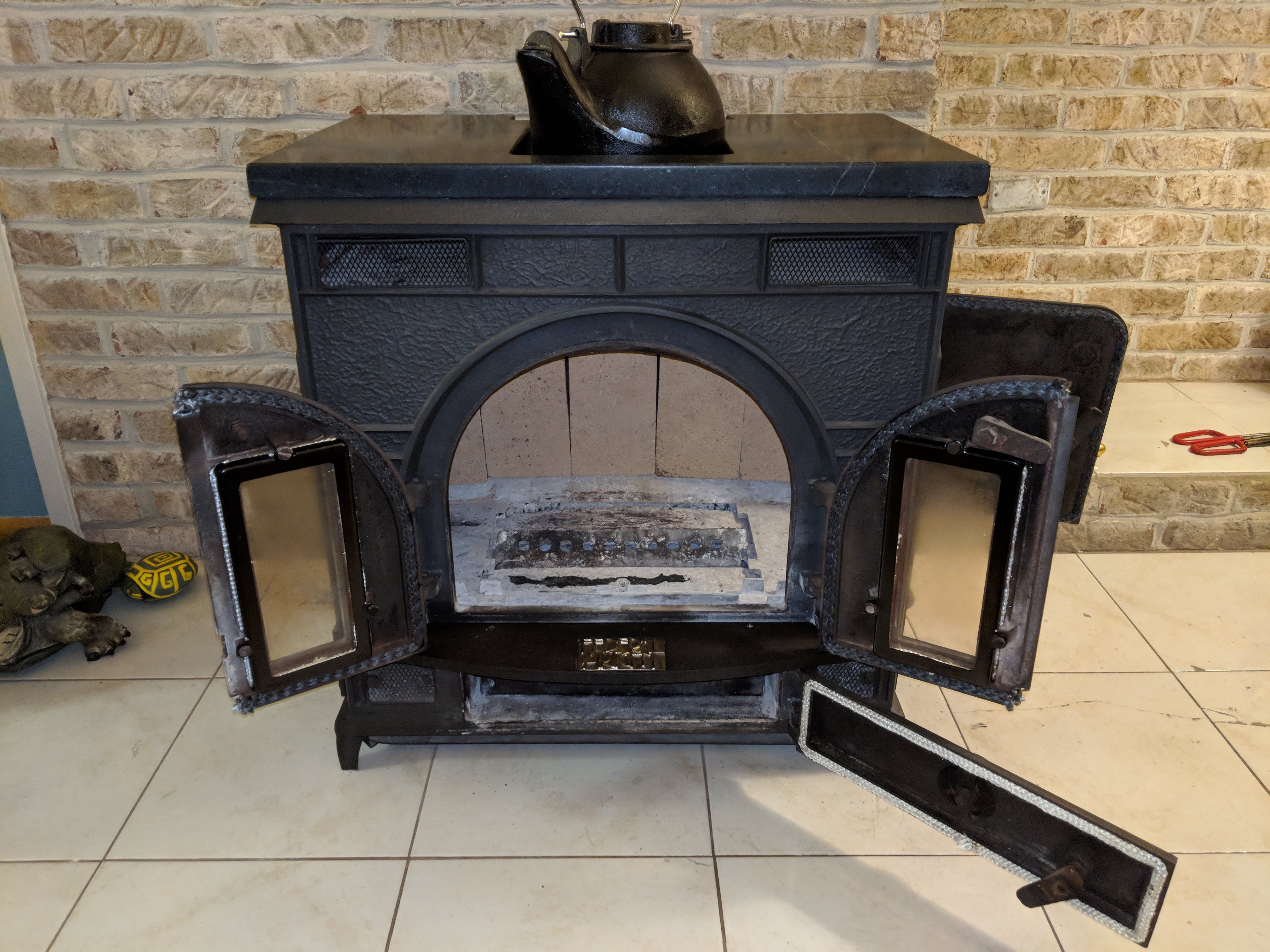
The last thing I did was fabricate a custom black soapstone top for the cap. This natural material is amazing at absorbing and retaining heat, much like firebrick. It also gives a homespun, rustic look:
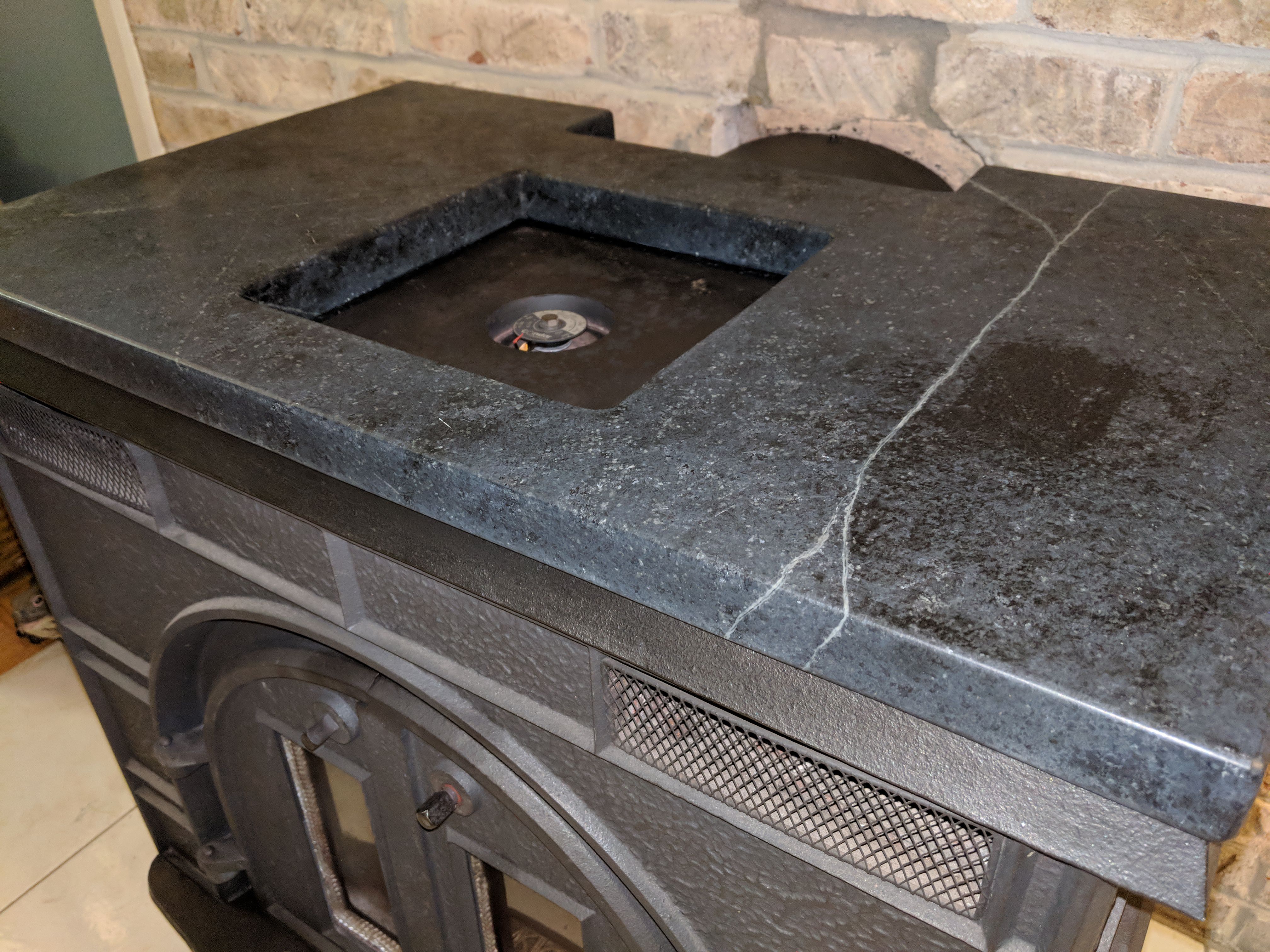
And here it is all put back together and ready to burn. Hoping to get one cool night this week so to open the windows and heat cure the cement for the gaskets. All replacement parts were bought from BlackSwanHome

Thanks for looking!
Here it is the beginning of October, after an unusually wet summer, and this week is unseasonably warm — as in highs of the low 80s°F (~27°C)... Can't move my seasoned wood to dry storage just yet because we haven't had more than 3-4 days of sun and dry weather in nearly a month, so what to do?...
A long overdue overhaul of our early 90's era Dutchwest Stove was in order. For a few seasons, this old stove had served us well, but the gaskets were starting to come apart, was missing parts here and there, and overall I feel that there could be some improvements made. At the very least, the gaskets have NOT been replaced since we bought the house, so the stove was in the condition from the original owners... (except we did add a catalytic combuster that was missing first season).
First order of business is to replace the Cat Combuster, they're good for only about 3 years and the one we origally installed was spent, more so because the baffle failed at some point and I never realized after buying the house. Not knowing about the missing baffle, it burned out our cat in two years. Here it is replaced and brand new:

And the new baffle installed:

All parts (except for cat) were seasoned in the oven prior to installation. Next up was removing the old cast iron heat shield and grates that were deteriorated and warped. I replaced them with firebrick. The bricks only stick out maybe a 1/4" (6.35mm) farther than the cast iron grates, so I don't feel that I'm losing much more volume in the firebox. Had to use a masonry bit to rout pockets for the existing bolt-mount bulkheads that protrude from the inner firebox walls. Here they are in place:

Next I pulled the glass frames from the front doors which were also warped and deteriorated, the glass would slide out where few days. New frames lined with new fiberglass rope gaskets and glass cleaned:

Pulled and scraped out all of the old gaskets on the entire stove, everything is newly sealed:

The last thing I did was fabricate a custom black soapstone top for the cap. This natural material is amazing at absorbing and retaining heat, much like firebrick. It also gives a homespun, rustic look:

And here it is all put back together and ready to burn. Hoping to get one cool night this week so to open the windows and heat cure the cement for the gaskets. All replacement parts were bought from BlackSwanHome

Thanks for looking!
























































